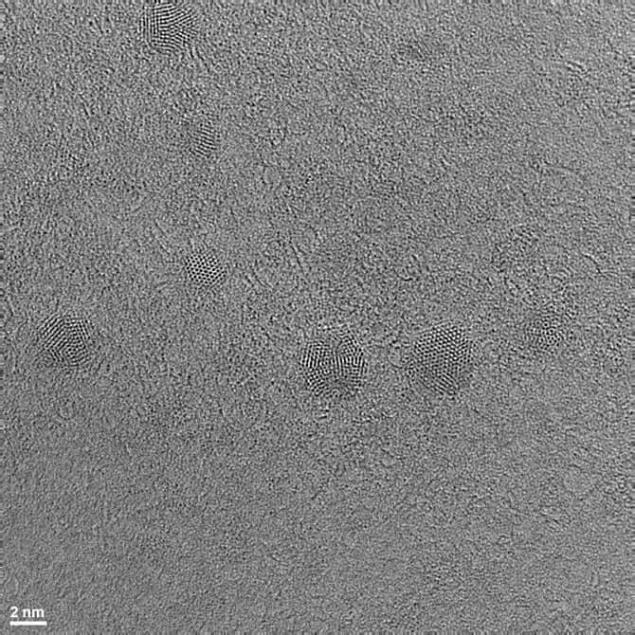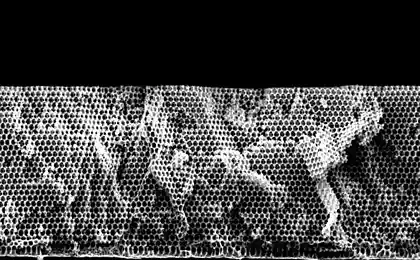505
Graphene quantum dots can convert CO2 into liquid fuel
Miracle material graphene can convert carbon dioxide into liquid fuel, it is found by the team from rice University, which used a nitrogen-graphene quantum dots (NGQDs) as a catalyst in an electrochemical reaction to generate ethylene and ethanol.

A significant decrease in the number of incoming carbon dioxide into the atmosphere, scientists could not and the percentage that manages not to get caught in filters, purification devices, scientists want to recycle. For this purpose researchers have found an effective graphene electrocatalyst.

It is made from sheets of graphene a one atom thick, is divided into points, each of which is in width only a few nanometers. Composed entirely of carbon grains is not capable of converting CO2 alone, because the team has added thereto a mixture of nitrogen, which initiates a chemical reaction.
"Carbon is not usually a catalyst," says Pulickel, Ajan, head of research: "One of our questions: why the doping is so effective. When nitrogen is introduced in the hexagonal graphite lattice, there are several positions that it can take. Each of these positions, depending on where nitrogen is present, there should be a different catalytic activity. So it remains a mystery, although people have already written many articles over the last five to ten years."

Despite the fact that the system has not been studied — it works, and the results are promising, because scientists strive to understand all the technology transformation, and exposure levels in order to scale this system. At the moment, in laboratory conditions it is able to recycle 90 percent of the carbon dioxide.published
Source: ecotechnology

A significant decrease in the number of incoming carbon dioxide into the atmosphere, scientists could not and the percentage that manages not to get caught in filters, purification devices, scientists want to recycle. For this purpose researchers have found an effective graphene electrocatalyst.

It is made from sheets of graphene a one atom thick, is divided into points, each of which is in width only a few nanometers. Composed entirely of carbon grains is not capable of converting CO2 alone, because the team has added thereto a mixture of nitrogen, which initiates a chemical reaction.
"Carbon is not usually a catalyst," says Pulickel, Ajan, head of research: "One of our questions: why the doping is so effective. When nitrogen is introduced in the hexagonal graphite lattice, there are several positions that it can take. Each of these positions, depending on where nitrogen is present, there should be a different catalytic activity. So it remains a mystery, although people have already written many articles over the last five to ten years."

Despite the fact that the system has not been studied — it works, and the results are promising, because scientists strive to understand all the technology transformation, and exposure levels in order to scale this system. At the moment, in laboratory conditions it is able to recycle 90 percent of the carbon dioxide.published
Source: ecotechnology
Developed a flexible and fully transparent conductors
Reveals the connection between vitamin D deficiency and autism























